法国阿莱西亚博物馆
作者:黄老师 | 来源:未知 | 最后更新:2015-04-17 | 点击: 次
- 文章导读:
-
该项目位于法国中部的一个著名考古场地,这里在公元前曾经发生过若干场战役。新的博物馆再现了当年战争的场景,对该地区做了历史性的诠释。项目由两个独立但彼此相关的空间组成,一个位于高卢人曾经被围困的山顶上的博...
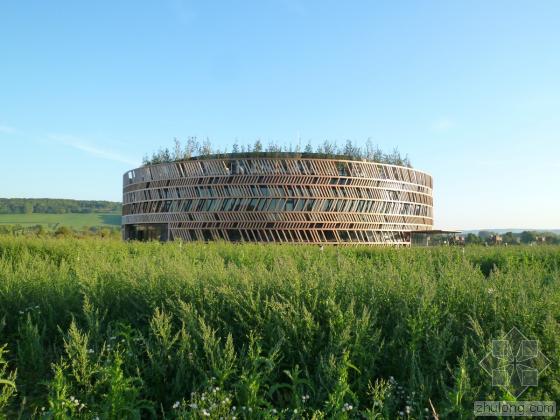
该项目位于法国中部的一个著名考古场地,这里在公元前曾经发生过若干场战役。新的博物馆再现了当年战争的场景,对该地区做了历史性的诠释。项目由两个独立但彼此相关的空间组成,一个位于高卢人曾经被围困的山顶上的博物馆,另一个是位于山脚的游客中心—罗马人曾驻扎的田野中。当地政府和历史学家希望建筑尽可能融入到环境当中,显得不那么突出。游客能够像高卢人那样俯瞰周围的景色,而且景观的设置尽可能还原当时的那场战役。
游客中心建筑的立面采用落叶松做成的格栅,木质表皮是对历史性的木头碉堡的反映,游客可以站在屋顶体验罗马战役,在外环廊眺望周围的景观和古战场也是不可或缺的观光体验。博物馆采用简单抽象的圆柱体造型,拥有360度的全景,内部由石材建成,类似于城镇内的建筑。在这个需要面对各种看得见与看不见的矛盾和挑战的项目中,建筑师致力于整合建筑与景观,给予存在历史事件最大的尊重,将建筑谦逊地嵌入在充满历史感的场地之中,营造出一种自然、宁静、悠远的气氛。
译者:筑龙网 艾比
Alésia is a town established about 2,000 years ago at the location of a historical battle between Julius Caesar and the Gauls. Caesar defeated the Gauls, but the French nevertheless consider the battle to be a founding moment in their history. Indeed, both Alésia, and Vercingetorix, the Gallic leader, are staples of French history books. France is thus perhaps the only nation to begin its history by celebrating defeat rather than victory.
The historical context of the site is a battle with major significance the French people. Today a small village village retains much of its original scale and charm. The project was to create a museum and interpretive center to address both historical locations: the position of the Roman army and the French army about a mile away. Both sites are spectacular, encompassing both the hill that was fortified by the Gauls and the valley below where Caesar and his troops camped, trying to starve out Vercingetorix.
The project marks an archeological site in central France and commemorates the history of the battle between Julius Cesar and the Gauls in 52 B.C. Although all traces of the battle have been obliterated, the new museum complex recreates battlements and earthworks and provides interpretation for the area, which consists of several sites spread over a valley that contains a small medieval town.
The scheme consists of two separate but related structures. One building is a museum, located at the position of the Gauls during the siege at the top of the hill above the town. A second building is a visitors’ center located at the Roman position in the fields below the town. The public client wanted both buildings to appear as non-obtrusive as possible in their respective contexts. The museum is built of stones, similar in look to the town buildings, but with contemporary technology, and is buried partially into the hill so that from above it appears as an extension of the landscape. Visitors may go to the roof to view the surrounding landscape from the position that the Gauls did two thousand years ago.
The interpretative center is built of wood, much as the Roman fortifications would have been at the time of the siege. The roof of the building is a garden planted with trees and grass, camouflaging the presence of the building when seen from the town above. Visitors may look onto reconstructions of the Roman battlements from the roof garden, or stroll down a path to experience the reconstitutions first-hand. A keen awareness of the surrounding landscape as it pertains to the historic battle is integral to the visitors’ experience.
The buildings relate to each other, even though they are separated by almost a kilometer. The context of the site is primarily the natural, verdant landscape of Burgundy and the medieval buildings of the town of Alise-Sainte-Reine. Therefore, the strategy suggested creating two buildings with a simple cylindrical shape and a sufficient degree of abstraction so that they can be inserted independently into their context and yet provide the 360° panoramic view required by each of the buildings. The envelopes adapt to their surroundings through materials, while the form of the buildings is de- emphasized. By pairing the structures, committing to integrating the buildings with the landscape, and a simple round-building typology, the buildings manage to defer to the battle site while fostering a sense of respect and awe through their muted presence.
Giving maximum presence to historical events and respecting the sensitive insertion of buildings into their natural environment responds to the ambition of the project while reflecting the imperative of “modesty” demanded by archaeologists. To be both visible and invisible is the paradox and challenge of the project.
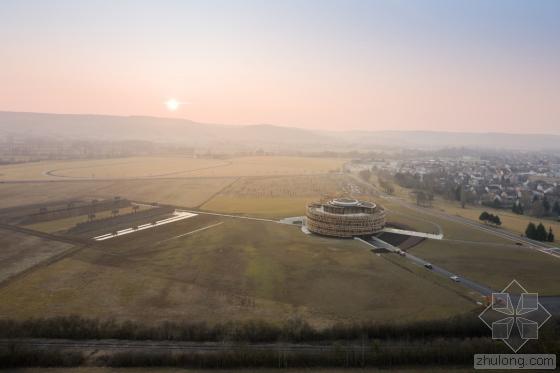
法国阿莱西亚博物馆外部实景图
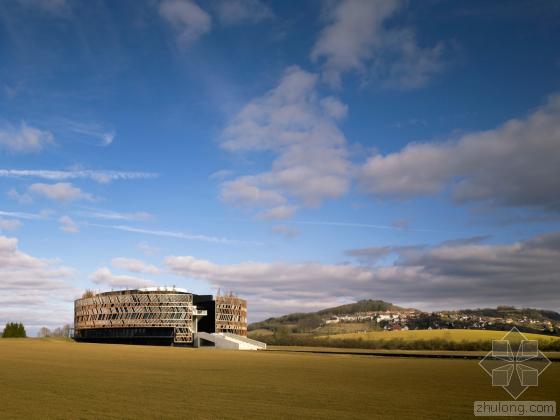
法国阿莱西亚博物馆外部实景图
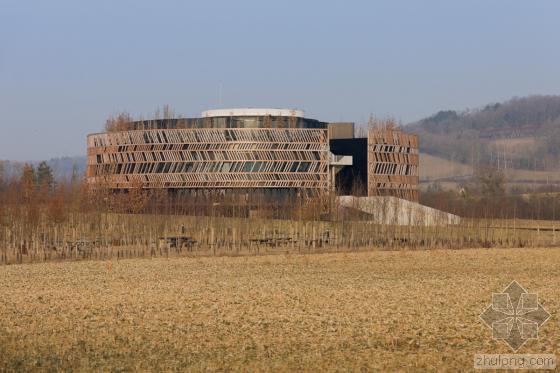
法国阿莱西亚博物馆外部实景图
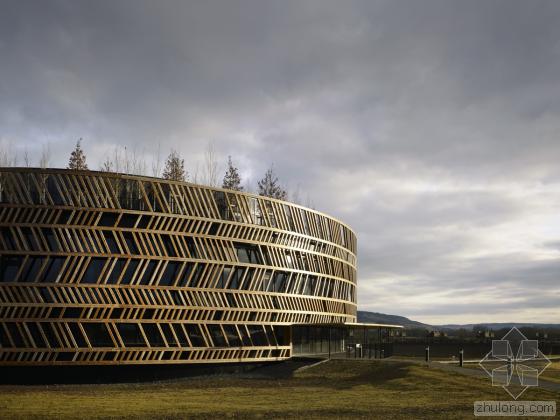
法国阿莱西亚博物馆外部局部实景图
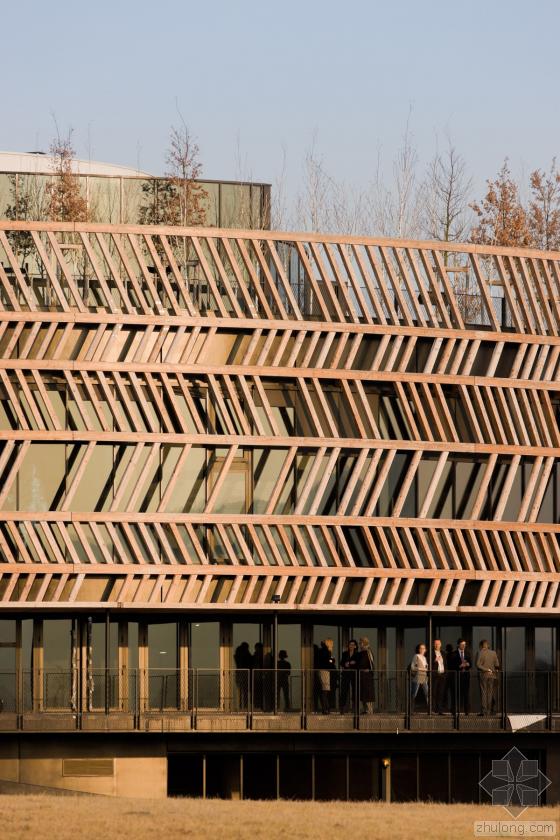
法国阿莱西亚博物馆外部局部实景图
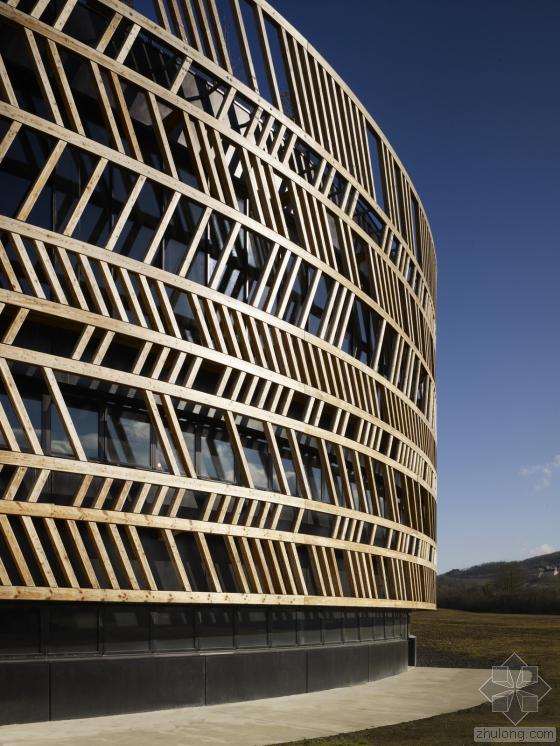
法国阿莱西亚博物馆外部局部实景图
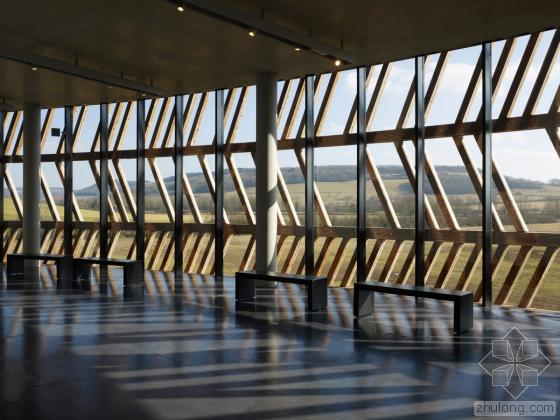
法国阿莱西亚博物馆内部过道实景图
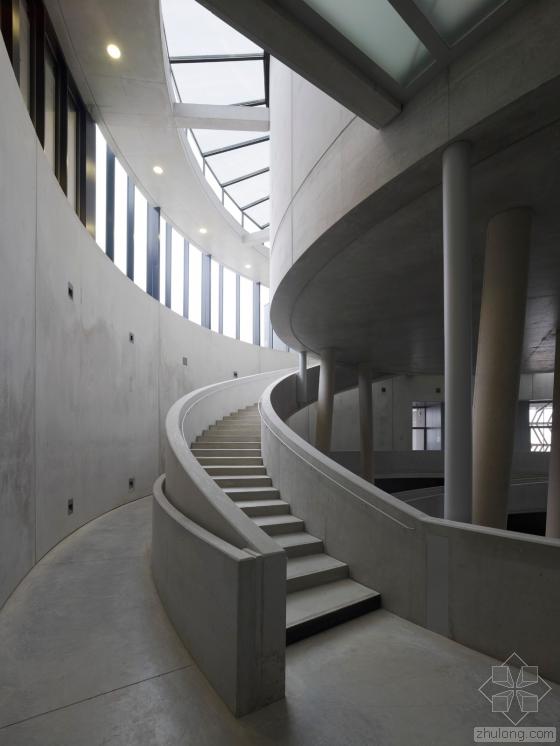
法国阿莱西亚博物馆内部过道实景图
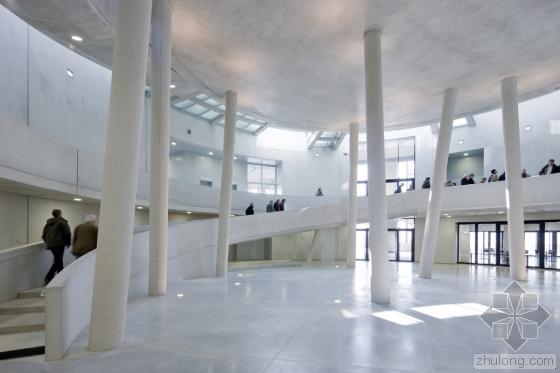
法国阿莱西亚博物馆内部大厅实景图
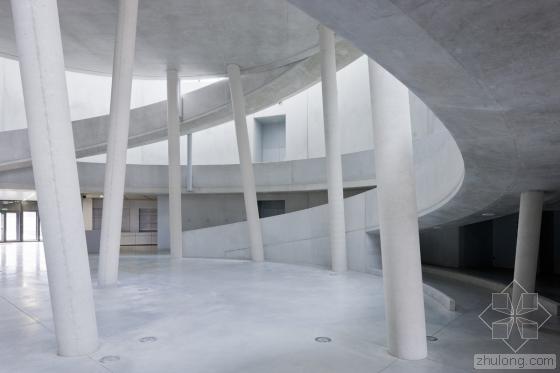
法国阿莱西亚博物馆内部大厅实景图

了解更多活动信息,请关注磨石教育微信公众号
- 上一篇:宁夏考核保障房入住
- 下一篇:苏珊▪E▪瓦格纳高中表演艺术中心

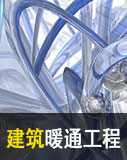
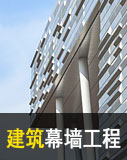
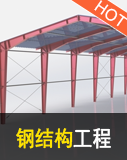

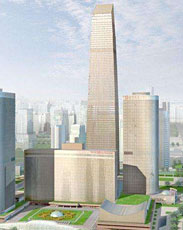
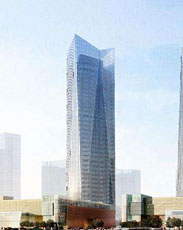

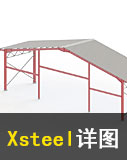

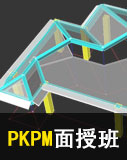
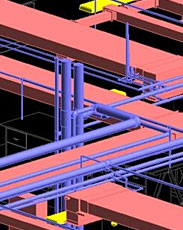
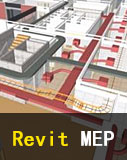
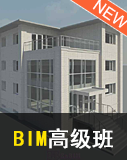

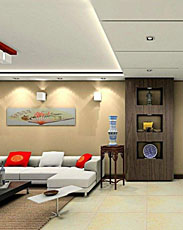
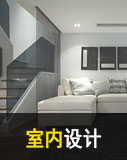

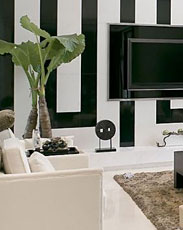


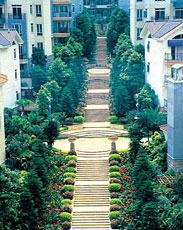

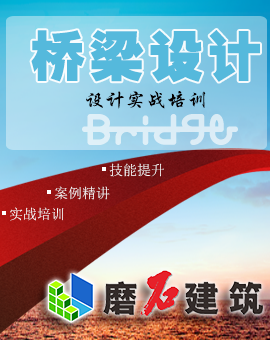

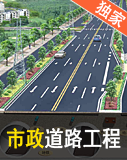
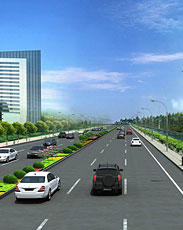
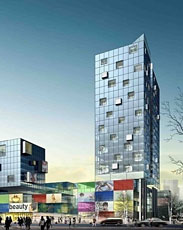
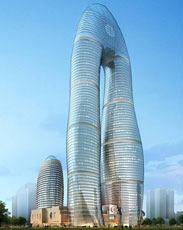
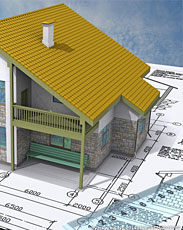
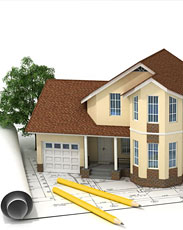
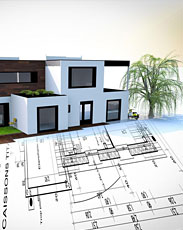






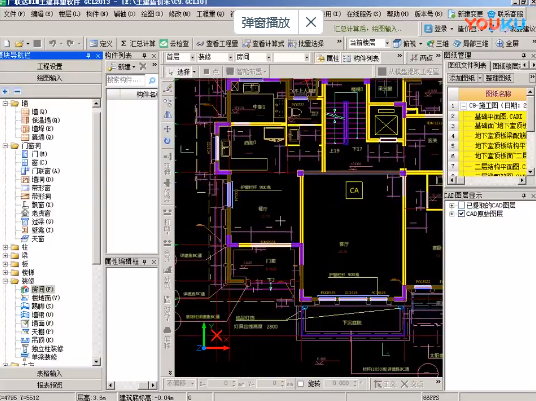
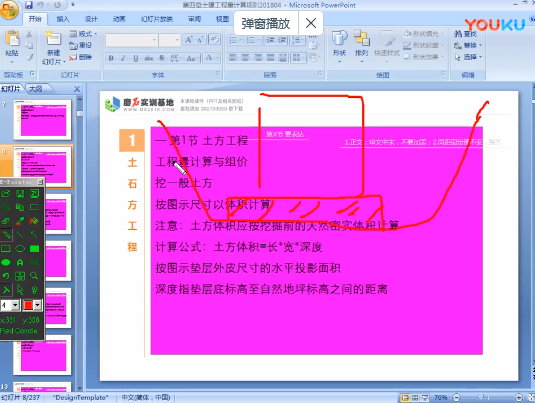
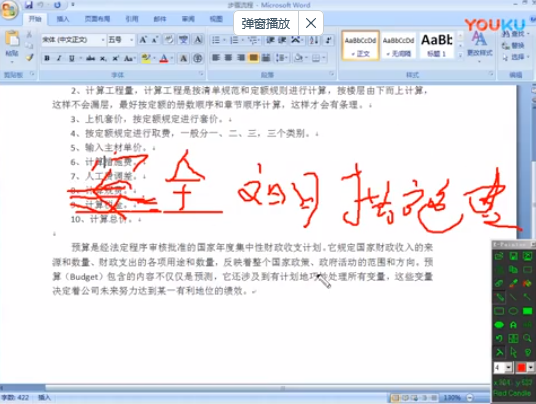
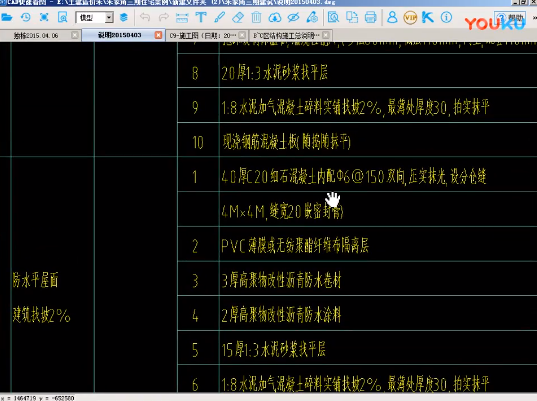
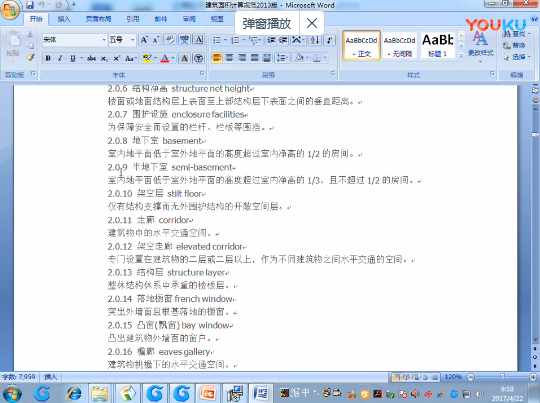
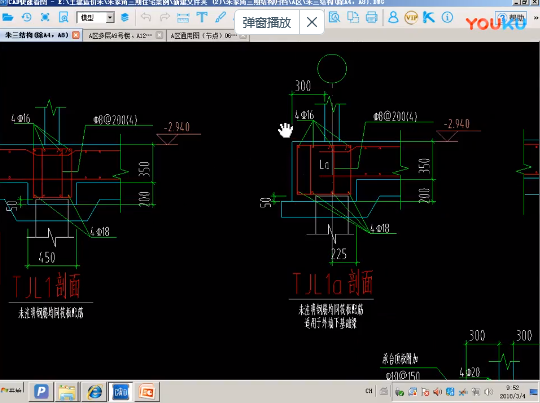
 手机扫描关注更多优惠
手机扫描关注更多优惠






